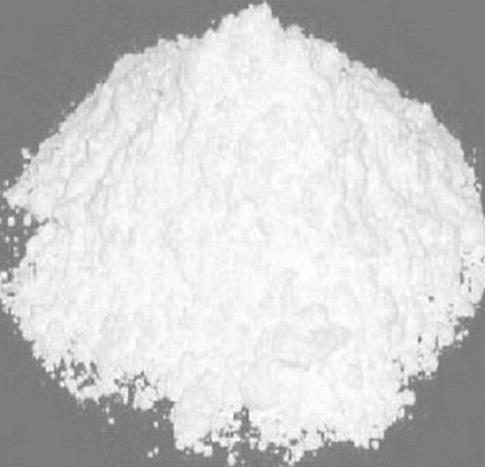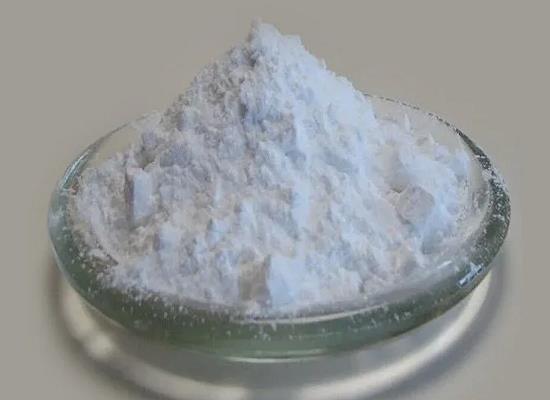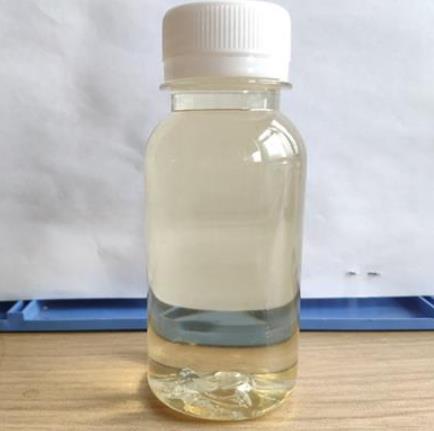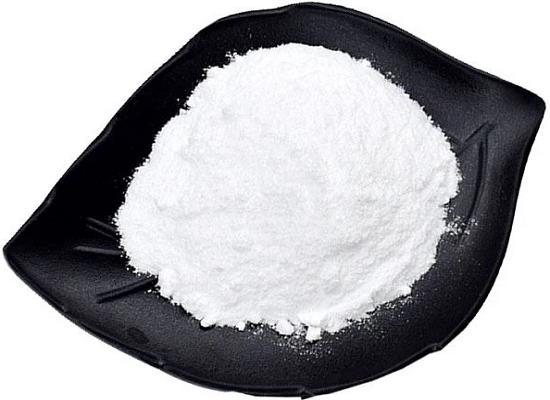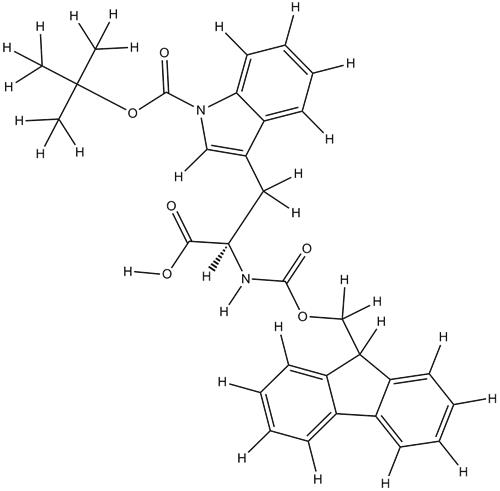Tildipirosin: A Long-Acting Solution for Livestock Respiratory Diseases
Tildipirosin has gained significant attention in veterinary medicine, particularly for its role in treating bovine respiratory disease (BRD) in cattle.
Sep 24,2024 APIQ:Is Bemotrizinol safe for reefs?
A:esides being safe for human use, Tinosorb S is also environmentally friendly. It is considered reef-safe, which means it does not contribute to the degradation of coral reefs, a significant issue with
Sep 23,2024 Organic reagentsBisoprolol Fumarate: Clinical Pharmacology and Detection Method
Bisoprolol Fumarate, a selective beta-1 blocker for hypertension and heart failure, is evaluated for stability and compatibility in formulations using HPLC for safety and efficacy.
Sep 23,2024 APIFusidine: Properties and Clinical Applications
Fusidine, a topical antibiotic with a steroid-like structure, effectively treats skin infections like impetigo, with low side effects and high efficacy against resistant bacteria.
Sep 23,2024 APIManganese Chloride Tetrahydrate: A Versatile Compound in Chemistry
Manganese Chloride Tetrahydrate is an important compound in the field of chemistry, known for its multifunctionality, stability wide range of applications.
Sep 23,2024 APIEthylene Glycol Diacetate: Properties, Applications, and Safe Handling in Industrial Use
Ethylene glycol diacetate is a compound with wide industrial application value. It is a diester derived from ethylene glycol and acetic acid.
Sep 23,2024 APITetrachloro-p-benzoquinone: A Notable Compound in Modern Chemistry
Tetrachloro-p-benzoquinone is a compound of significant importance. Its unique properties make it indispensable in various chemical applications.
Sep 23,2024 APISodium Thiosulfate: An Essential Compound in Chemistry and Industry
Sodium thiosulfate is a chemical compound with a diverse range of applications that highlight its importance in various industries.
Sep 23,2024 APICabergoline: Pharmacology and Efficacy for Lactation Inhibition
Cabergoline, an ergoline derivative, is an effective dopamine D2 agonist for lactation suppression, offering long-lasting effects with less frequent dosing compared to bromocriptine.
Sep 23,2024 APIFmoc-Trp(Boc)-OH Unveiled: A Comprehensive Exploration of its Role and Applications in Peptide Chemistry
This review delves into the characteristics, synthesis, and applications of Fmoc-Trp(Boc)-OH, and its role in peptide synthesis and drug development.
Sep 23,2024 API



